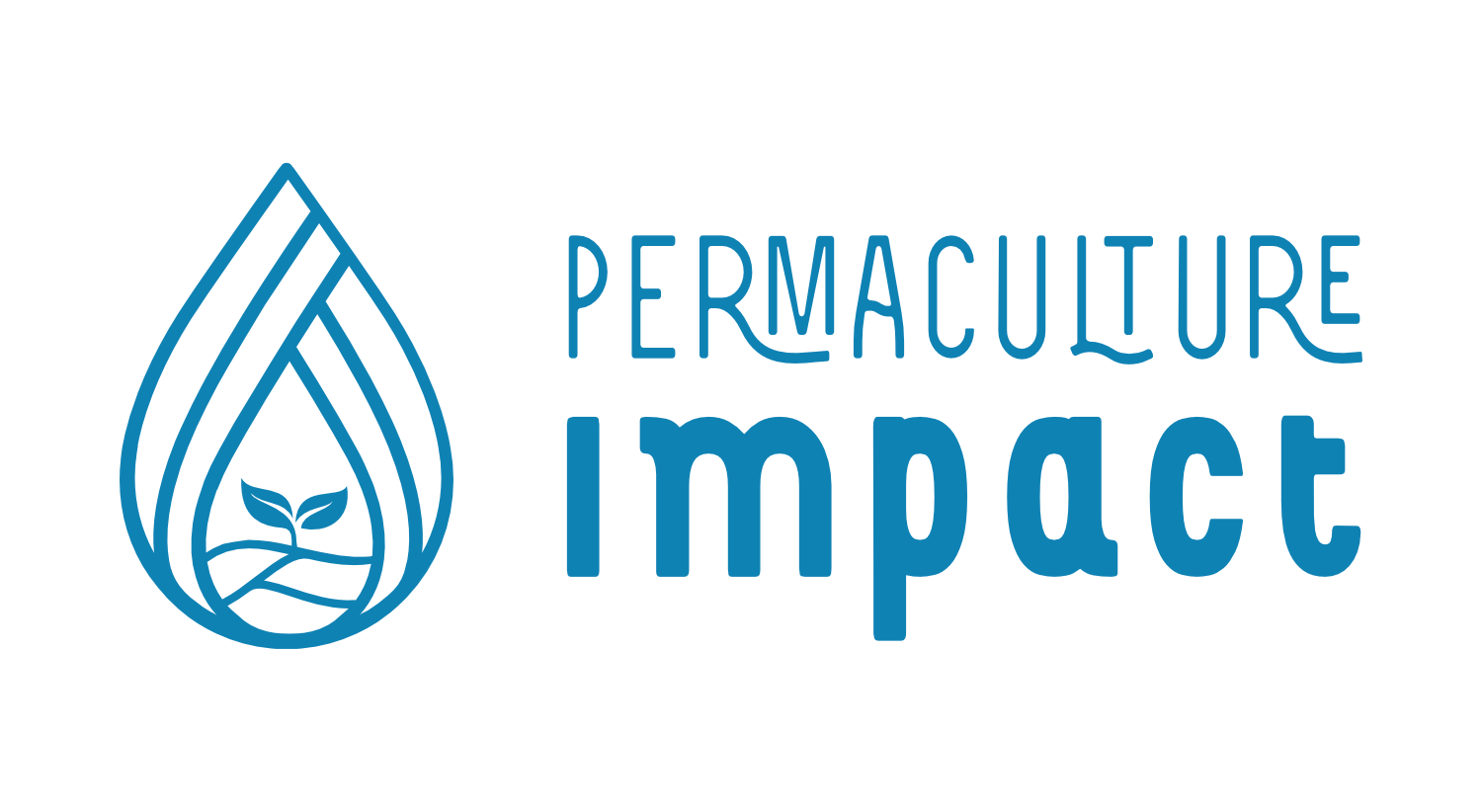What is an indicator?
If we want to track intended changes resulting from our projects, we will need indicators.
Indicators are specific and concrete pieces of information that enable us to track the changes that we are trying to achieve.
We can use indicators to measure objectively and reliably assess change.
You might have heard of Key Performance Indicators (KPIs)
Where do indicators come from?
Indicators can be ‘standard’ or they can be unique to your project. They can be prescribed by donors, created by project participants (and centred on what is meaningful and useful to them), or developed by project staff (to help measure the project against its objectives, gauge progress or otherwise improve internally).
A standard indicator is a pre-defined, tested, and widely recognized metric used to measure change within a specific field. They support comparison between projects, but can be difficult for small projects to measure (they might require specialist skills or equipment or a lot of time or data).
Community-defined (or participatory) indicators can capture important outcomes that may otherwise be missed by project staff or donors. You can ask project participants at the start of the project what changes in their lives they expect to occur as a direct result of the project. Or at the end of the project, you can ask what changes have already occurred in their lives due to the project.
